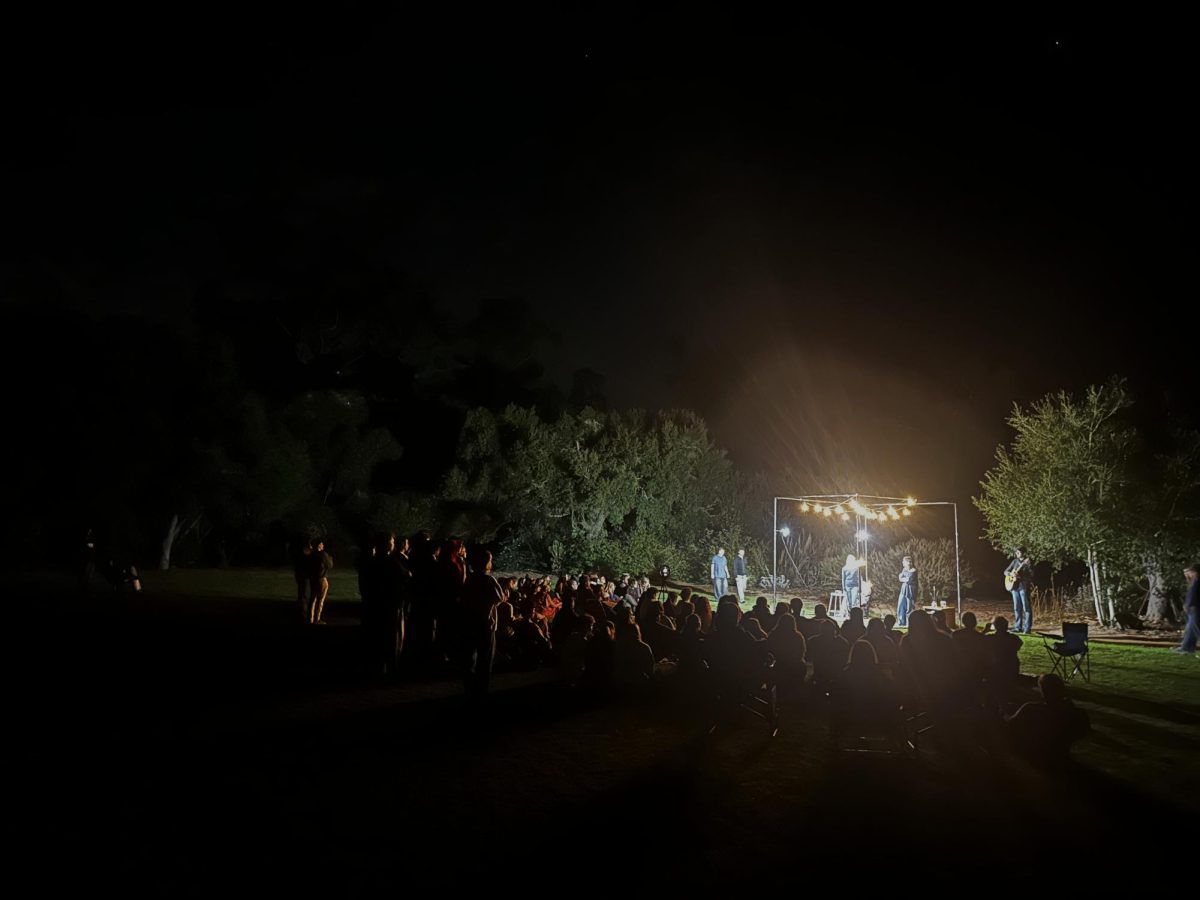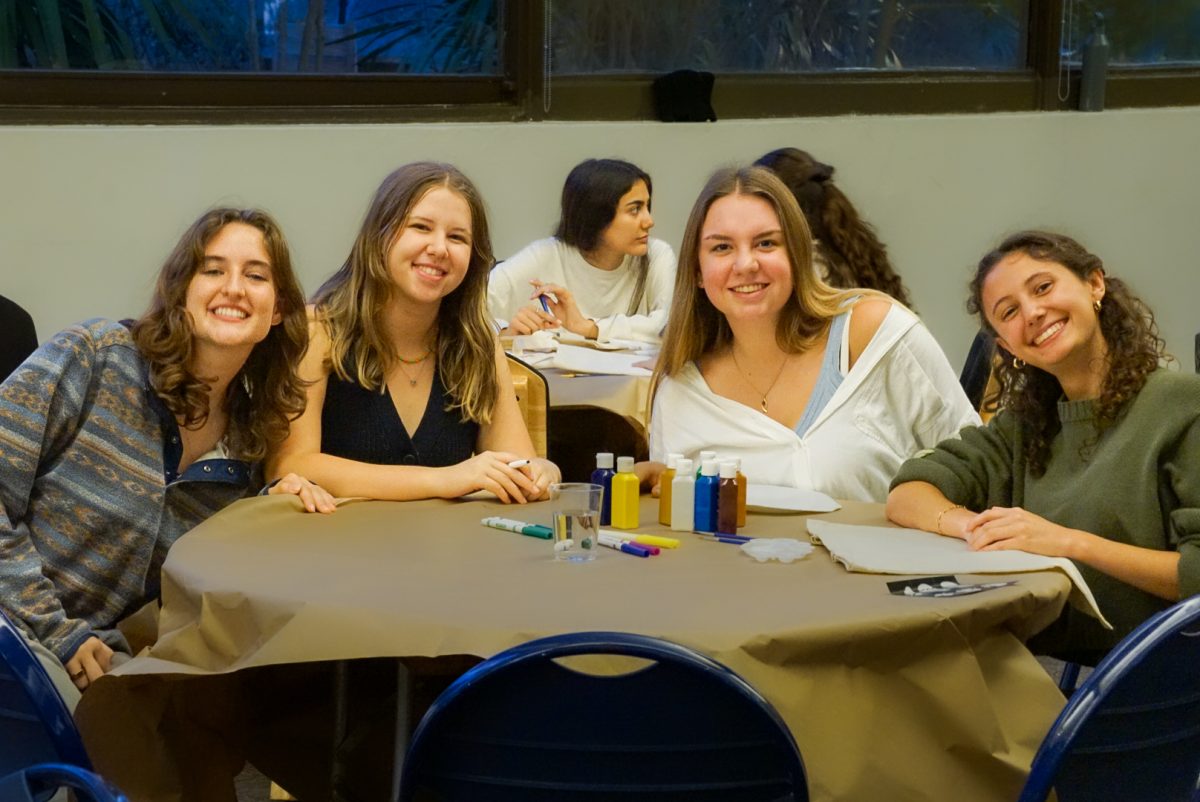Headlines like this emerged globally in the mid-60s, and somehow, they’ve resurfaced this month. But what do headlines like this really mean? In truth, fans might draw a wide variety of conclusions from this announcement. Some might think that Paul and Ringo, the two living members of the legendary pop band, have collaborated on a new song. Others might assume they’re cashing in on a scrapped project from the “Let It Be” sessions. People might assume anything but the truth, which is this: on Nov. 2, a brand new song was released featuring all four of the original Beatles.
“Now and Then” sounds something like a late-stage Beatles song, featuring a string arrangement a-la “Eleanor Rigby” and melancholy lyrics set to a smooth, drawling melody. Indeed, the original material — a vocal and piano arrangement forming the song’s backbone — was written by the late, great John Lennon in 1978, four years after the Beatles officially broke up. Some 15 years later, John’s widow, Yoko Ono, passed it along to Paul McCartney (the original tape was labeled ‘For Paul’). The contents of this tape constituted the demo for “Now and Then,” along with two other songs that were released in the 90s. At the time, “Now and Then” seemed too rough a recording to make an actual song from, with Lennon’s vocals impossible to isolate from the mix. However, recent developments in AI-powered mixing allowed Paul and Ringo to isolate a clear, release-ready vocal performance from the original tape. “There it was, John’s voice, crystal clear,” commented Paul McCartney. Before his untimely death in 2001, Harrison recorded a guitar part for the song. Paul and Ringo fleshed out the remainder of the song with a bassline, strings and drums. The final cut of “Now and Then” features vocals originally recorded for the aforementioned “Eleanor Rigby” as well as “Here, There, and Everywhere,” songs from their magnum opus “Revolver.”
As I listened to the opening notes of this song, I was overcome with a wave of emotion. The Beatles’ music has meant so much to so many, including those who, like me, were born far too late to see them play together, let alone experience the magic of a new release. Hearing “Now and Then” felt like living through history. It felt sacred, bordering on forbidden, as if the world had been given sudden access to a privilege that had always lain just out of reach. Part of this eldritch feeling, I’m sure, is a general skepticism about AI. ChatGPT can write guitar tabs now, which has undeniable implications for the future of music. It’s easy to be pessimistic about AI’s tendency to inhibit creativity, and it’s just as easy to be optimistic about the possibilities it opens up. For now, it seems, the value of AI depends entirely on how it’s used. I won’t advocate for or against it here, but I must acknowledge that it has been employed ingeniously by the Beatles. At the end of the day, it’s not the clear mixing that makes this song as fantastic as it is. It’s the beauty of Lennon’s songwriting and the harmonious reunion of the Beatles’ talents, which are untouched by machine learning. More importantly, it’s what the song represents that makes it special: a final farewell to the greatest band in history.



